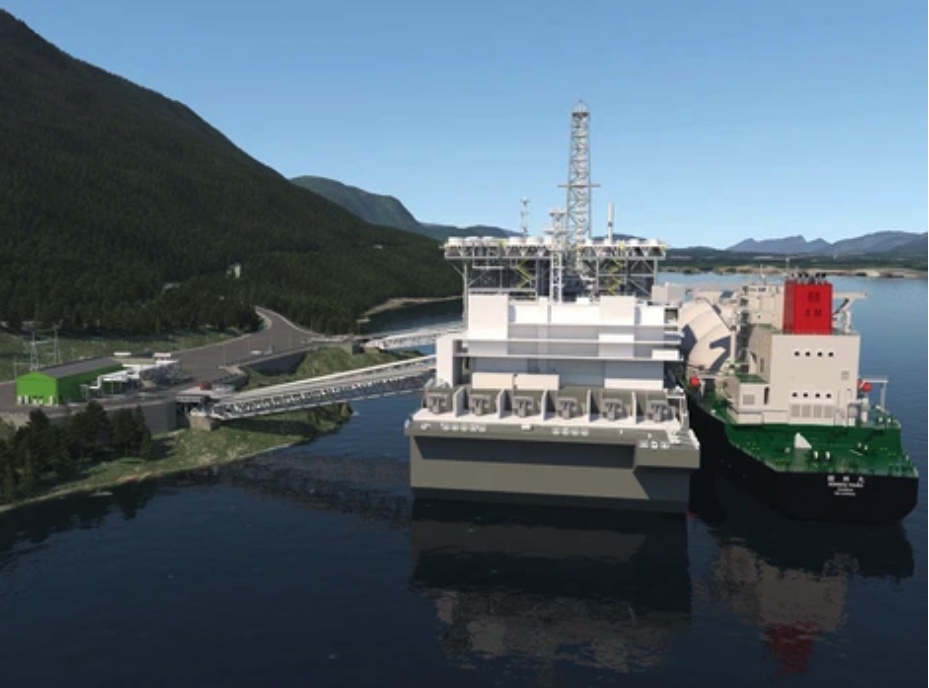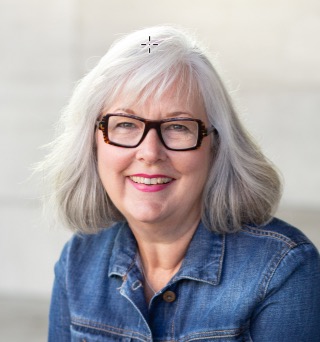Dishing with DKG: Analysis: Earning First Nations' trust on resource projects
Dishing with DKG: This is a new conversation series by Donna Kennedy-Glans, a writer and former Alberta cabinet minister, featuring newsmakers and intriguing personalities.
This week: oilpatch sage John Young.

An artist's conception of the proposed LNG liquefaction plant, a floating structure planned for Kitimaat Village, near Kitimat, B.C.
Photo by Cedar LNG
The Ring of Fire region in northern Ontario is one lynchpin in America’s green energy moonshot. Unearthing mineral deposits more than 500 kilometres north of Thunder Bay is essential to Ontario’s future as an electric vehicle manufacturing hub. But what happens if some local First Nations want nothing to do with mining critical minerals?
In western Canada, we’ve struggled at times to develop resources, build energy infrastructure, and export oil and liquified natural gas (LNG) — with the support of Indigenous communities. There’s no straight-forward path. When a successful project emerges, it’s worthwhile taking a closer look.
In Kitimat, B.C., the proposed Cedar LNG export terminal — touted as the largest First Nations-owned infrastructure project in the country — fits within B.C.’s climate targets and promises good jobs. The floating LNG facility is to be located on Haisla-owned land, with Pembina Pipeline Corporation as their partner.
To find out more about how this came to pass, I reach out to someone whose fingerprints are all over this project, John Young. We agree to meet, at OEB, a breakfast spot in Calgary’s burgeoning University District. I arrive early, to secure a quiet booth in a bustling restaurant; John’s already there. After pleasantries, we order food and get down to the work of mapping out the territory of the Cedar LNG deal.
While not First Nations himself, John grew up on reserves across Alberta — places like Eden Valley, Morley, Tsuu T’ina, and Rocky Mountain House. When John was 8 or 9 years old, his father left farming, outside Bowden, Alta., to become a tradesman, a painter. “They had Indian agents administering the reserves, in the 60s. My dad would take these contracts (to paint bridges, schools, buildings) and we’d move out onto a reserve. The whole family.”
Wherever he lived, John attended the school on reserve, and was immersed in local language and culture. “My education and introduction to Aboriginal peoples was really positive,” John explains. Later, as a cop — first with the Calgary police, then the RCMP — John was arguably a natural to manage Aboriginal policing.
Twenty-plus years ago, John and I were deployed as advisers by Petro-Canada (and then Suncor) to deal with issues like corruption, human rights and how to engage with locals. Having acquired extensive assets overseas, the company wanted to be sure it wasn’t applying dual standards in its operations. I’m curious to know how Pembina reached an agreement with the Haisla Nation.
John chuckles; lots of people are asking that question.
The Ivey School of Business at the University of Western Ontario is developing a case study to unpack “how Pembina went from saying we’re not interested in the TransMountain pipeline and a year later, the (Pembina) CEO is saying, we’re going to partner with the Western Indigenous Pipeline Group.” That’s a big question and it still remains to be seen if the pipeline buy-back from the federal government will take place. Costs to build the TransMountain pipeline expansion have exploded since the federal government took over the project; a true accounting is needed, John warns.
Today, I’m interested in the pathway to the Cedar LNG project. It’s been a long journey, filled with details that seem irrelevant but ultimately matter. The only interruption in John’s storytelling is the OEB wait staff, delivering our hard-cooked eggs, as ordered, and quietly refilling our coffee cups. It’s a story of West Coast geography and relationships; places and people.
There’s Kitimat, where Encana (now Ovintiv) proposes a diluent import terminal. That notion gets moth-balled and the project site is purchased by a Shell-led consortium interested in building an LNG export terminal. John is retained, sequentially, by Encana then Shell, to help build positive relations with the local Haisla Nation. And there’s Prince Rupert, where Pembina builds a propane terminal and John is hired to train and employ locals.
The idea of partnering with the Haisla Nation, to build the Cedar LNG export facility on Haisla-owned land near Kitimat, feels like a logical next step.
The Cedar LNG offshore floating platform is proposed to be located on the Douglas Channel, eight kilometres southwest of Kitimat town centre and not far from the site of LNG Canada’s onshore LNG export facility, now under construction. And, very importantly, the Haisla Nation have had the opportunity to observe first-hand Pembina’s approach to investing in projects in partnership with First Nations on the West Coast.
John’s no longer in Pembina’s employ. Now, he’s connecting players to advance a solar panel farm on Haisla land; the electricity generated can be used to power the Cedar LNG site and homes in the Haisla communities.
Love him or loathe him, U.S. President Joe Biden seems set on rebuilding America’s critical infrastructure, all in the guise of a clean energy moonshot. Canada gets to play in the sandbox, including assembling electric vehicles in southern Ontario, because of our friend-shoring arrangement. But green energy requires a different kind of harvesting of the land — including the mining of critical minerals — that some First Nations in northern Ontario do not embrace.
Advancing any energy project, green or otherwise, is rarely straightforward. There’s something to be gleaned from projects that work.
Link to original article: National Post
